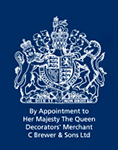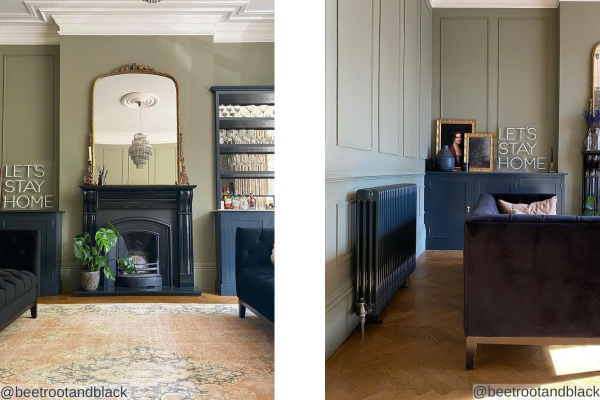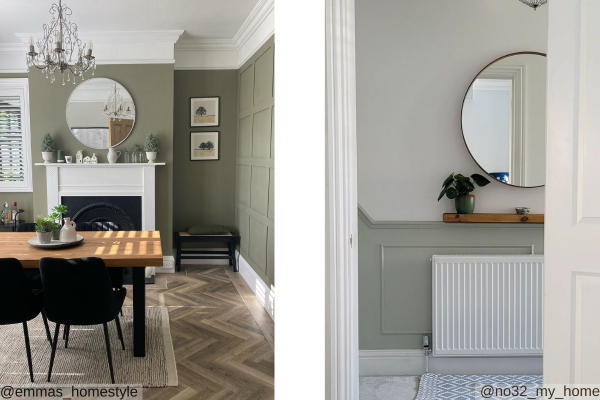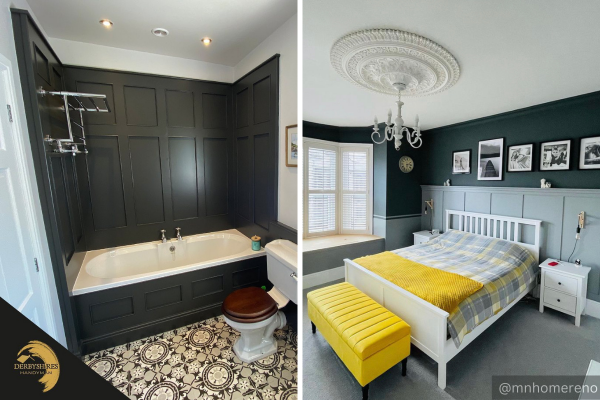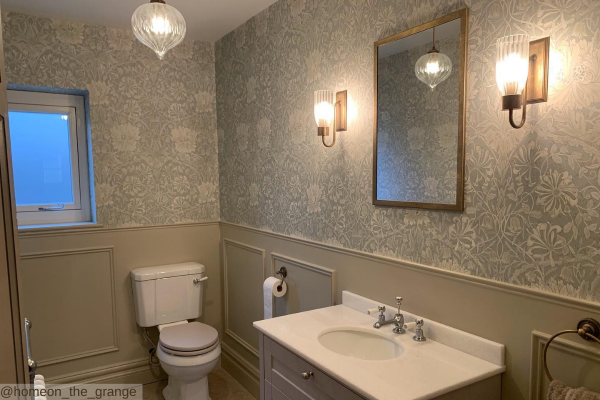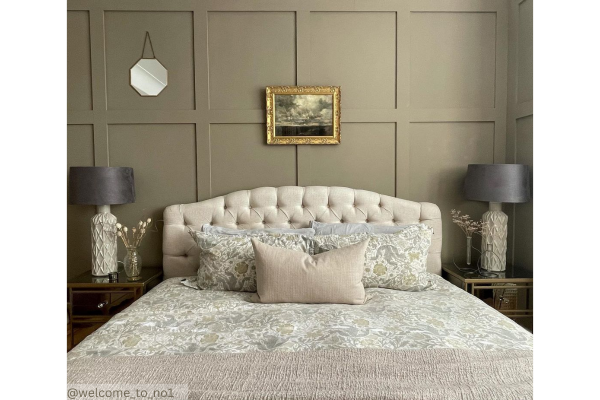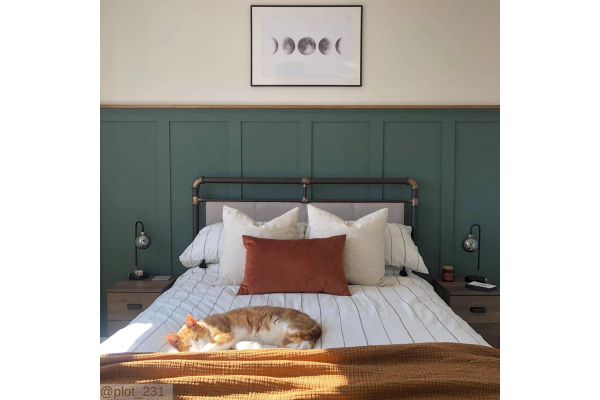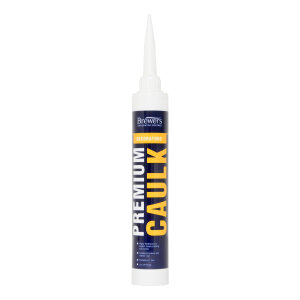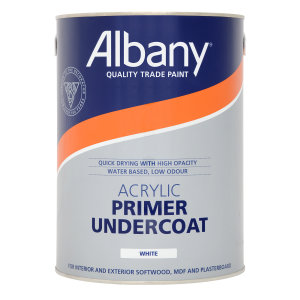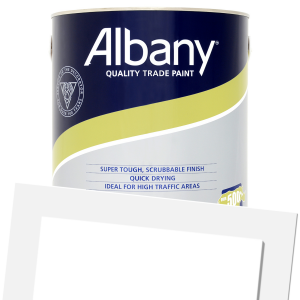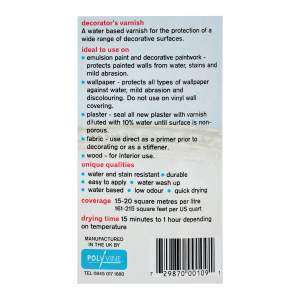Painting Panelling

March 7th, 2023
Panelling is a firm favourite amongst interior fans as it can be a great way to add some interest to your walls. Panelling can be used for a range of different styles, so once you have chosen your design, it’s time to think about painting!
Preparation:
Before you begin painting, make sure your panelling is sanded down to a nice smooth surface and there is no dust or debris. If you have used plywood, make sure any knots have been treated and holes filled with wood filler.
Caulking:
Caulking between the panelling and wall is a great way to fill any gaps and will result in a finer finish. An all-purpose caulk would be perfect for the job.
Priming:
If you have used timber or MDF to create your panelling, you will need to prime it first before you can apply a topcoat.
The most versatile is Albany Acrylic Primer Undercoat as it’s water-based but do check the material you have used for your panelling is compatible with this type of primer.
If you have already chosen your topcoat, follow the system that is recommended on the technical data sheet as this will result in the best finish.
Top Tip: Make sure to stay to an oil-based or water-based coating system throughout the decorating process.
Topcoat:
Once you have primed, it’s time to choose your topcoat! Generally, the higher the sheen level in your choice of topcoat, the more durable the final finish will be.
If you’re looking for a matt finish however, there are a range of products that offer higher durability that are available in a matt finish.
Albany Durable Matt is a great option to achieve this look.

